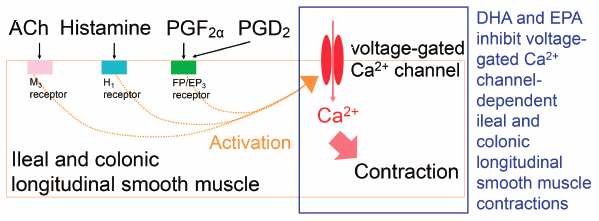- J-STAGE home
- /
- Biological and Pharmaceutical ...
- /
- Volume 44 (2021) Issue 8
- /
- Article overview
-
Keisuke Obara
Corresponding author
Department of Chemical Pharmacology, Faculty of Pharmaceutical Sciences, Toho University
-
Ayana Kawaguchi
Department of Chemical Pharmacology, Faculty of Pharmaceutical Sciences, Toho University
-
Rikako Inaba
Department of Chemical Pharmacology, Faculty of Pharmaceutical Sciences, Toho University
-
Mirai Kawakita
Department of Chemical Pharmacology, Faculty of Pharmaceutical Sciences, Toho University
-
Rika Yamaguchi
Department of Chemical Pharmacology, Faculty of Pharmaceutical Sciences, Toho University
-
Haruna Yamashita
Department of Chemical Pharmacology, Faculty of Pharmaceutical Sciences, Toho University
-
Keyue Xu
Department of Chemical Pharmacology, Faculty of Pharmaceutical Sciences, Toho University
-
Guanghan Ou
Department of Chemical Pharmacology, Faculty of Pharmaceutical Sciences, Toho University
-
Fumiko Yamaki
Department of Chemical Pharmacology, Faculty of Pharmaceutical Sciences, Toho University Department of Pharmacy, Faculty of Pharmacy, Musashino University
-
Kento Yoshioka
Department of Chemical Pharmacology, Faculty of Pharmaceutical Sciences, Toho University
-
Yoshio Tanaka
Department of Chemical Pharmacology, Faculty of Pharmaceutical Sciences, Toho University
2021 Volume 44 Issue 8 Pages 1129-1139
- Published: August 01, 2021 Received: April 23, 2021 Released on J-STAGE: August 01, 2021 Accepted: June 08, 2021 Advance online publication: - Revised: -
(compatible with EndNote, Reference Manager, ProCite, RefWorks)
(compatible with BibDesk, LaTeX)


